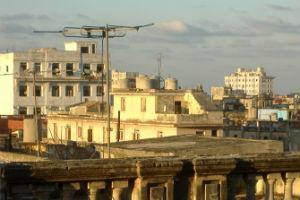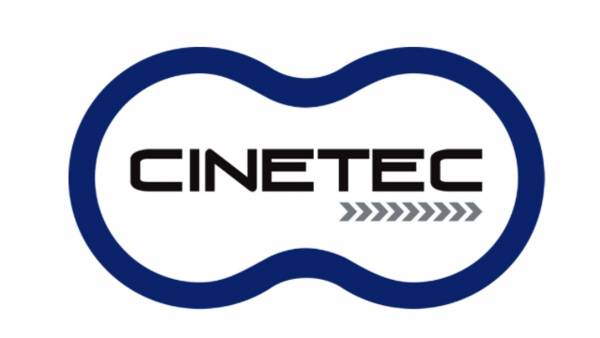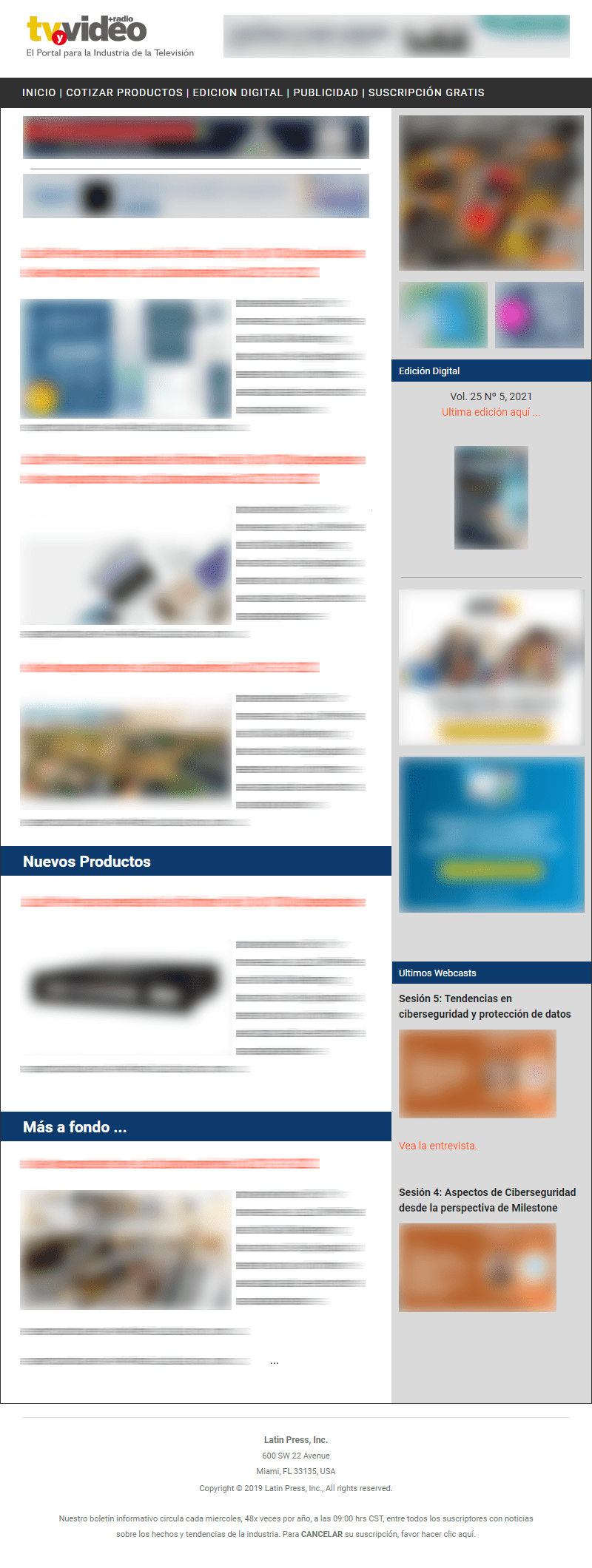 Argentina has made significant progress since 2010 in the field of DTT, at which time the National Government declares the platform for digital television to be in the public interest.
Argentina has made significant progress since 2010 in the field of DTT, at which time the National Government declares the platform for digital television to be in the public interest.
Dr. Claudio Alberto Schifer*
In the article published by TV Y VIDEO, on April 27, 2011, entitled "Argentina develops its media", I explained the central aspects of the Audiovisual Communication Services Law (26,522), referring to the launch of digital terrestrial television (DTT) in Argentina.
Now, as of 2012, digital terrestrial television stations have multiplied throughout the country, with thirty-three antennas installed by the National State; to which will be added shortly, another twenty.
The start of digital terrestrial television (DTT) broadcasts in 2010 was in charge of Radio y Televisión Argentina Sociedad del Estado (RTA S.E.); thus inaugurating the first open digital terrestrial transmission chain in the country. There are sixteen signals provided in standard quality and in high definition (HD) by RTA S.E.
The Argentine Company of Satellite Solutions Sociedad Anónima (AR-SAT) through its teleport, allows RTA S.E. to upload its programming to the AMC-6 satellite from there, at which point the signals become available throughout the national territory.
The signal allows to feed the digital terrestrial stations, and direct to the home television; the latter serving as a complement to the national plan of digital open television, reaching places of difficult access, such as rural and border schools.
Digital technology provides the viewer with a diversity of content, massive and free access, and a new aesthetic that is reflected on the TV screen. DTT also allows the reception of the signal in mobile telephony and portable devices.
In Argentina, free-to-air (analog) TV will continue to be provided jointly with DTT, until 2019; expected date for analog blackout.
During the period in which the licensee broadcasts simultaneously, in an analog and digital way (simulcast) and provided that it is the same content, the additional signal will not be computed for the purposes of calculating the ceilings provided for in Law 26,522 for the multiplicity of licenses.
In 2011, new actors were added as digital terrestrial television providers; pointing out among them, the National Universities, the provinces, and the Autonomous City of Buenos Aires.
At the same time, in June 2011, the Federal Authority for Audiovisual Communication Services (AFSCA) approved the specifications and conditions for the call for public tenders for the award of licenses to provide the digital terrestrial television (DTT) service in the ISDB-T standard.
To obtain a DTT license, which empowers the holder to exploit a signal in a bandwidth of 6MHZ (UHF), the offeror (natural or legal person) must submit to competition.
There are two hundred and twenty signals offered in open competitions throughout the country. One hundred and ten signs are intended to be contested by natural persons and legal entities for profit, and the remaining one hundred and ten, by non-profit legal entities, among which are cooperatives, mutuals and NGOs.
DTT services will use the Ar-SAT National Digital Terrestrial Television Platform; being this, the one in charge of providing, in turn, the services of use of infrastructure, multiplexing and transmission.
The licensee must comply with certain requirements, required by the respective specifications, such as delivering the signal in the format required for this purpose by ARSAT S.A; as well as to pay the latter a monthly fee for the national multiplexing service.
For each digital multiple, four licenses will be awarded. The location of each digital channel in the digital multiple will be determined in order of merit, corresponding to the offeror that obtains the first place, the assignment of the segment of the frequency destined to the emission of the same signal to portable devices, through the ONE SEG system, to be transmitted by the aforementioned infrastructure.
When in the same digital multiple public tenders are simultaneously called for the for-profit and non-profit sector, jointly, the segment destined to the emission of the signal to portable devices, through the ONE SEG system, will correspond to the first in order of merit -with or without profit- as determined in the call resolution.
In the transition to digital broadcasting services, the rights and obligations of holders of public tender licences and their repeaters for analogue open services are maintained.
The National State, in developing digital terrestrial television throughout the national territory, consecrates it as a new tool for social inclusion and the construction of citizenship; meaning this, a quantitative and qualitative leap in audiovisual communication.
* Director of the Federal Authority of Audiovisual Communication Services - Argentine Republic.

























Leave your comment